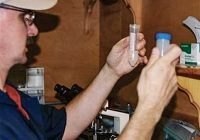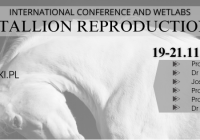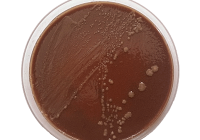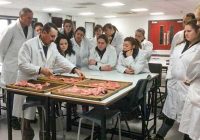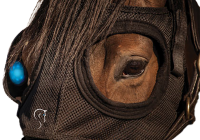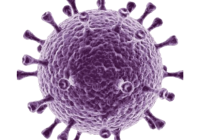Counting Sperm With a Hemocytometer Counting sperm to determine concentration is an essential part of evaluating or processing semen, and counting sperm with a hemocytometer is a very accurate method when performed correctly. In order to do anything with a reasonable expectation of success when preparing semen for use, one needs to know the raw sperm concentration. There… Read More »
Processing Equine Semen It’s not difficult to correctly process equine (horse) semen for on-farm insemination or shipping, but it is one about which we often receive questions. Here we look at the basic steps behind achieving a good shipment. This article reviews management of a straightforward stallion. Poor quality semen or that with specific issues – although briefly… Read More »
Stallion Conference – Poland – 19-21 November, 2025 Presented by the same management team the brought the “PolSKI” Equine Reproduction Conference to the veterinary world, this meeting is dedicated to the stallion. With presenters from all over the world who specialize in stallion reproduction, this meeting promises a variety of information for both the veterinarian and the advanced… Read More »
US CEM Outbreak – Update The CEM outbreak in Florida continues to produce new cases. The initial animal was a mare identified following breeding in May. Tracebacks commenced and to date there are a total of 43 cases, which include 16 domestic ponies (2 stallions, 1 mare, and 13 geldings), 14 riding horses of various breeds (all geldings),… Read More »
CEM Identified in Florida “A mare in Florida (FL) has been confirmed culture positive by the USDA APHIS National Veterinary Services Laboratories (NVSL) for Taylorella equigenitalis, the bacterium that causes contagious equine metritis (CEM). The affected mare, the breeding stallion, and one other mare are under quarantine. A comprehensive epidemiological investigation is being conducted including traceback and history… Read More »
Horse Breeding Short Courses and Tuition from Equine-Reproduction.com Imitated by some – duplicated by none! These courses are considered by many to be the most complete single equine reproduction short course and tuition available. 2026 Course Dates to be Announced Shortly! 2026 Spring Equine Reproduction Short Courses are Now Completed! Please check out our one-on-one individual tuition program!… Read More »
Does Maternal Exposure to Blue Light Affect Foal Development at Maturity? Because humans like to try and defy nature – January 1st being the “birthday” in the northern hemisphere, and only marginally better August 1st in the southern – we are often attempting to force earlier onset of cyclicity in the seasonally anestrus mare using lighting programs. Several… Read More »
Does Routine Monitoring for EVA Make a Difference? With the announcement this week of an outbreak of equine viral arteritis in PEI in Canada, a very reasonable question to ask is “does routine monitoring for EVA make a difference?” At the recent ISER meeting in Brazil, Kaps et al. reviewed the effects of monitoring and management practices on… Read More »
Canadian Equine Viral Arteritis! There has been an EVA outbreak in Canada reported in Prince Edward Island. Equine Viral Arteritis is predominantly a respiratory disease, which has reproductive implications. Symptoms vary dramatically from none (“asymptomatic”) to a wide variety which may present as any combination of the following: elevated temperature, depression, loss of appetite. Affected animals may also… Read More »
The Badly Behaved Gelding – Hormonally Driven or Not? “That is a badly behaved gelding – he must be ‘proud cut’” or “I bet they left some testicular tissue in that badly behaved gelding” are two not infrequently-heard comments, or variations thereof, but how often is residual stallion-like or bad behaviour in a castrated stallion actually hormonally-driven? Omyla… Read More »


